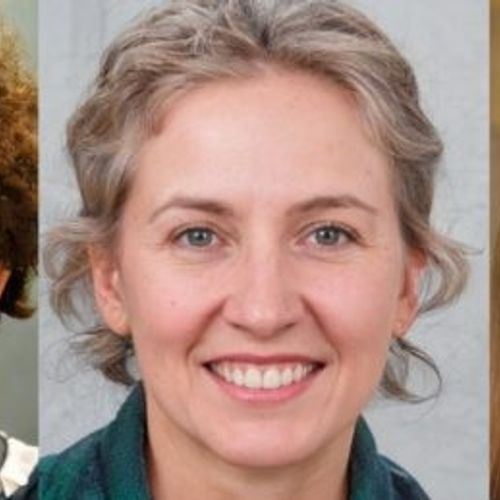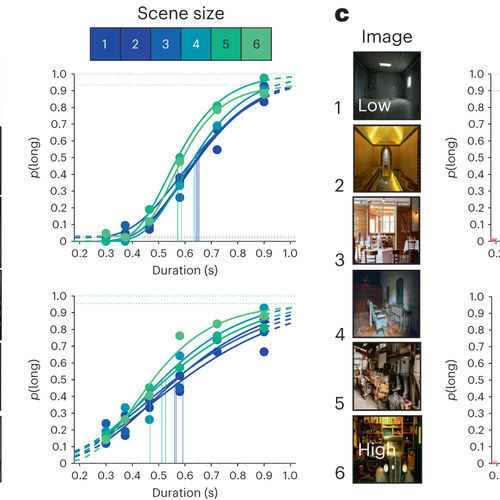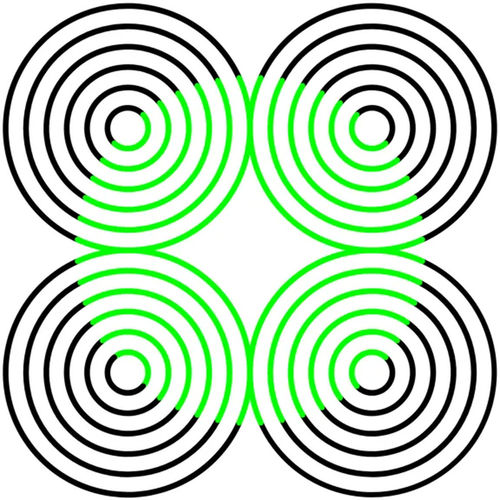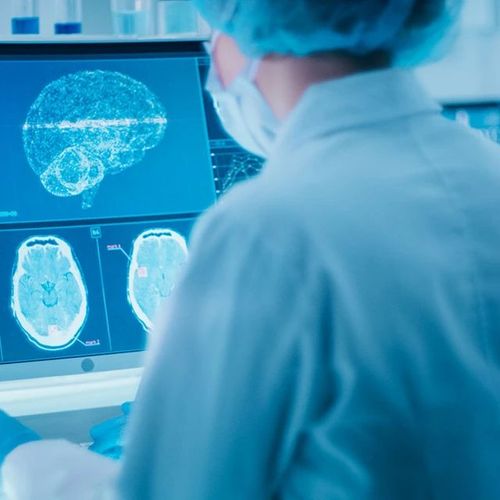
| Added | Thu, 26/01/2023 |
| Источники | |
| Дата публикации | Thu, 26/01/2023
|
| Версии |
Even if you think you're good at faces, research shows that many people can't reliably distinguish photos of real faces from computer-generated images. This is reported by ScienceAlert.
This is especially problematic now that computer systems can create realistic-looking photos of people who don't exist.
Recently, a fake LinkedIn profile with a computer-generated profile picture made the news as it successfully contacted US officials and other influencers on the networking platform. Counterintelligence experts even say that spies regularly create phantom profiles with such photos in order to post foreign targets on social networks.
These quality fakes are becoming widespread in everyday culture, which means that people need to be more aware of how they are used in marketing, advertising and social media. The images are also used for malicious purposes such as political propaganda, espionage and information warfare.
To create them, a neural network is used that simulates the way the brain learns. AI is "learning" by providing ever larger datasets of real faces.
In fact, two neural networks are set up against each other, competing to create the most realistic images. As a result, the end products were named GAN images, where GAN means generating adversarial networks. The process generates new images that are statistically indistinguishable from the training images.
In a study published in iScience, we showed that the inability to distinguish these artificial faces from real ones has consequences for our online behavior. Our research shows that fake images can undermine our trust in others and profoundly change the way we communicate online.
The researchers found that people perceived GAN faces as even more realistic than authentic photos of real people. faces. Although it is not yet clear why this is the case, this discovery highlights recent advances in the technology used to create artificial images.
Scientists also found an interesting connection with attractiveness: faces that were rated as less attractive were also rated as more real.
Less attractive faces can be considered more typical, and a typical face can be used as a benchmark against which all faces are evaluated. Hence, these GAN faces would look more real because they are more like mental patterns that people have created from everyday life.
All these realistic faces were created by a computer / NVIDIA / thispersondoesnotexist.com
Новости со схожими версиями
Log in or register to post comments








